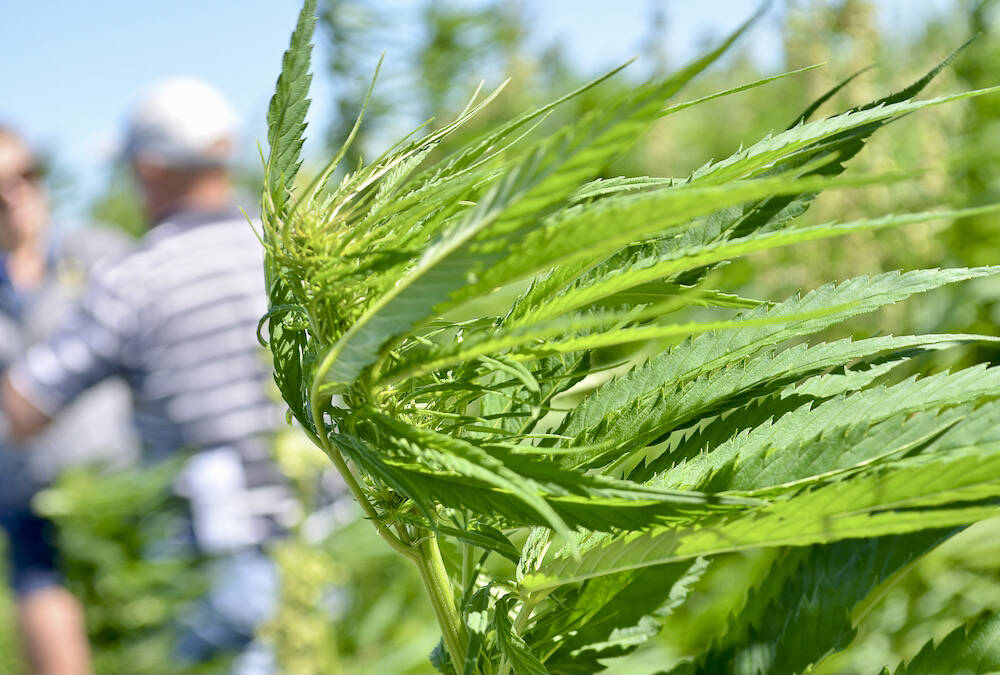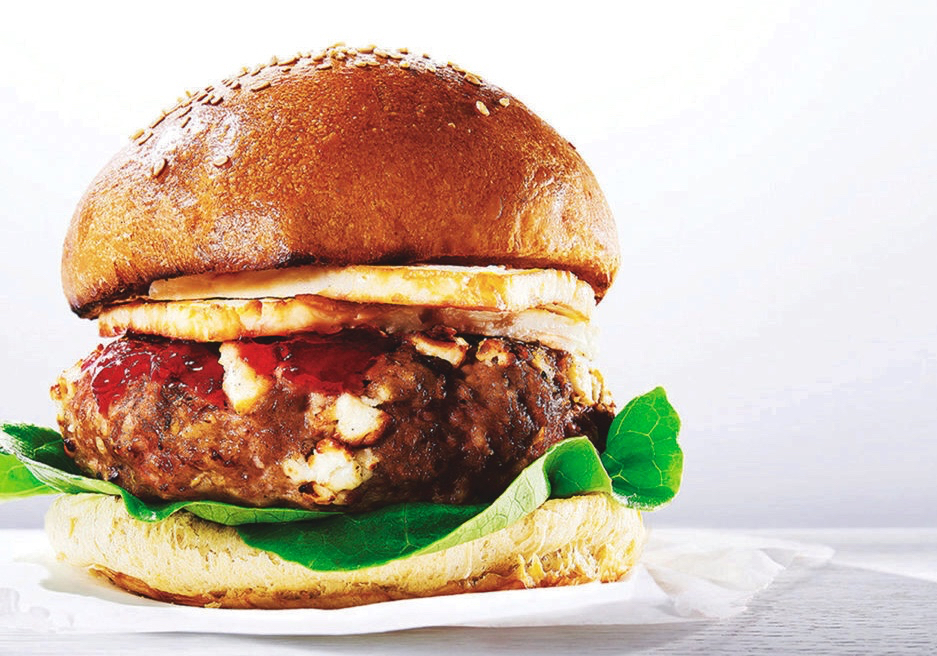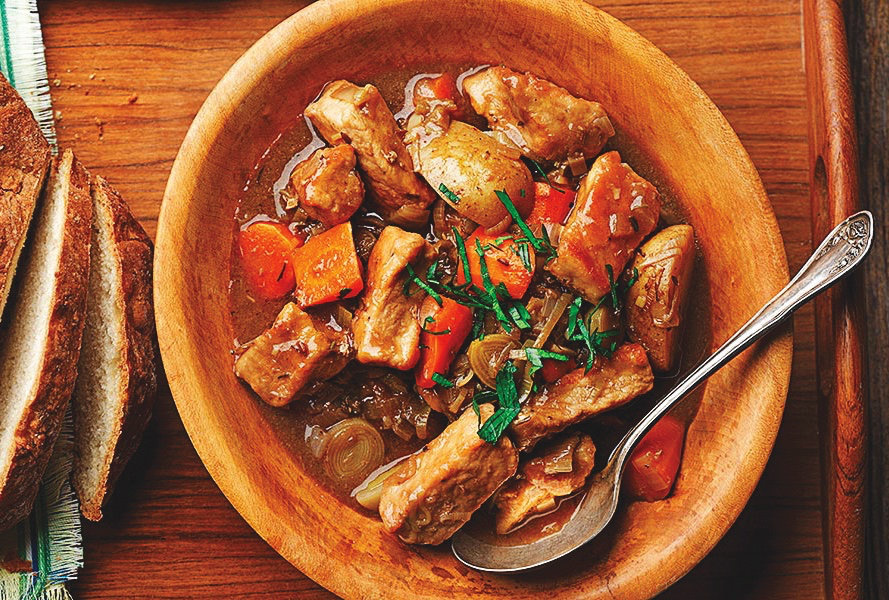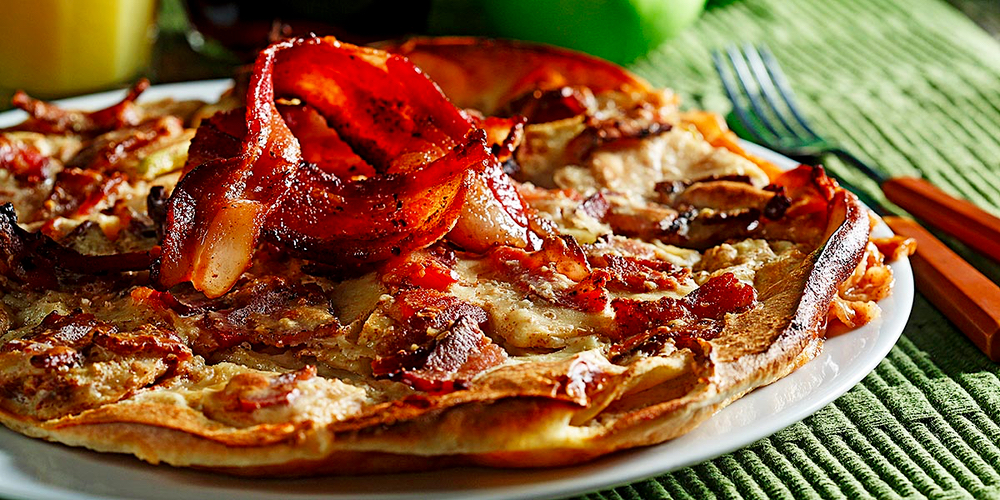Although people have been “trained” to think that low fat equals healthy, we actually need some oil in our diet. Oil is made up of three kinds of fatty acids. Based on their chemical structure, oils are a combination of saturated, monounsaturated and polyunsaturated fatty acids. Our body can’t make the polyunsaturated fats found in plant and fish oils, so we need to consume them in our diets.
Oils rich in polyunsaturated and monounsaturated fatty acids are considered to be the most heart healthy and may help reduce the risk of other diseases, too. Polyunsaturated fats can be further divided into omega-6 and omega-3 fats. Canola, flaxseed and soybean oil are good sources of omega-6 fats. Canola and olive oil are good sources of omega-3 fats.
Read Also

Canadian hemp stable, but stuck on growth
Canada’s hemp industry hopes hybrid varieties, better yields, clearer regulations and new markets can help the crop break past its ceiling and get Canadian farmers planting more hemp acres.
Oils are a concentrated source of calories at 100 calories per tablespoon. All food, in moderation, can fit in a healthy diet, even an occasional “fried food night” at home.
You can minimize oil absorption and maximize the flavour, colour and texture of deep-fried foods with a few steps.
Start with safety. Keep deep fryers out of a child’s reach and be sure the cord is out of the way to prevent accidentally spilling the oil and, potentially, serious burns.
Choose a healthy frying oil with a smoke point of at least 204 C (400 F). The smoke point refers to the point where the oil begins to break down. For example, canola, peanut, safflower, sunflower, soybean and corn oils all meet the criteria.
Heat the oil to the temperature indicated in the recipe or from the food manufacturer, generally, 177 to 191 C (350 to 375 F). Many deep fryers have temperature indicators or special fryer thermometers may be used. Frying food at too low a temperature increases oil absorption. Be sure to allow the oil to reheat to the desired temperature before adding the next batch of food.
Remember that moderation is the key with higher-fat foods. Balance your menu by serving lots of fruits and veggies as side dishes.
– Julie Garden-Robinson, PhD, L. R. D., is a North Dakota
State University Extension Service food and nutrition
specialist and associate professor in the department of
health, nutrition and exercise sciences.














